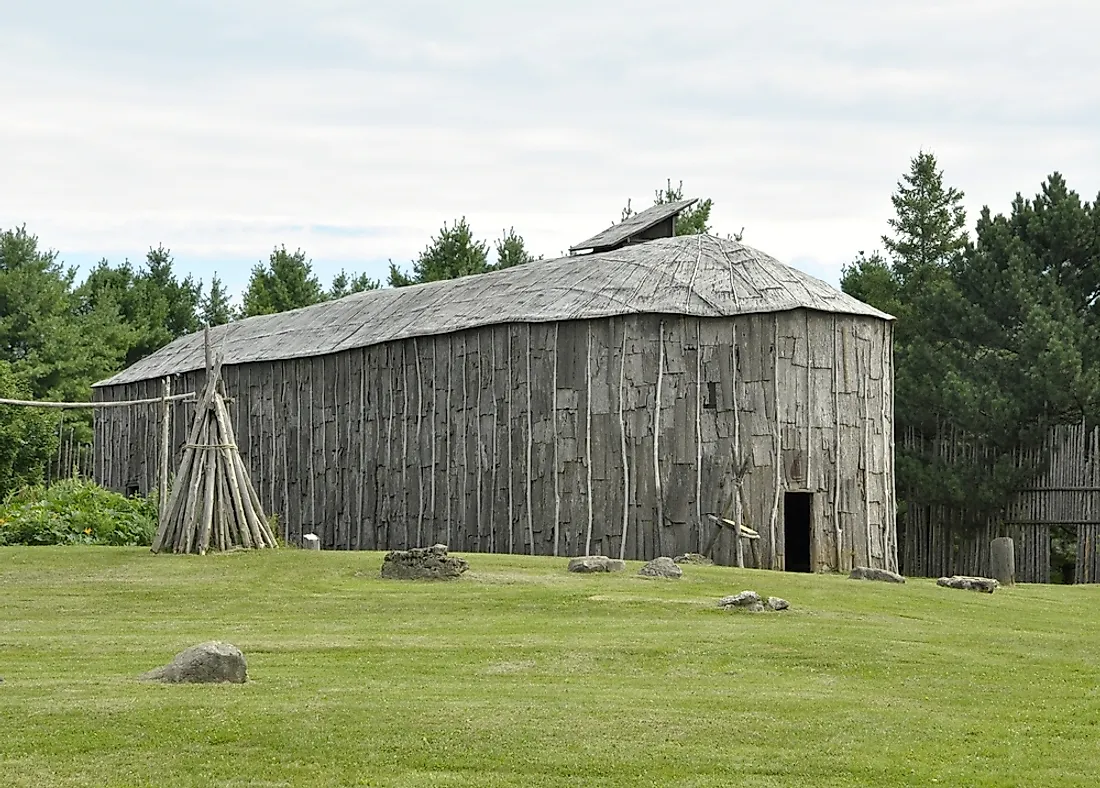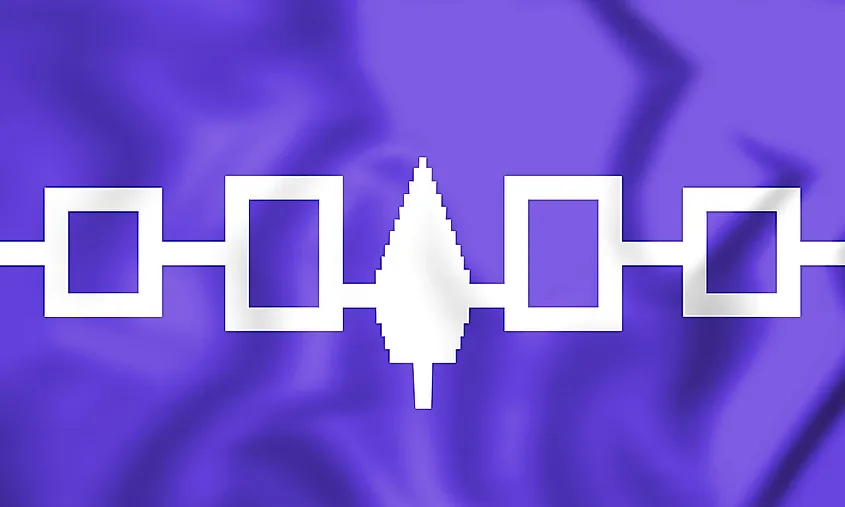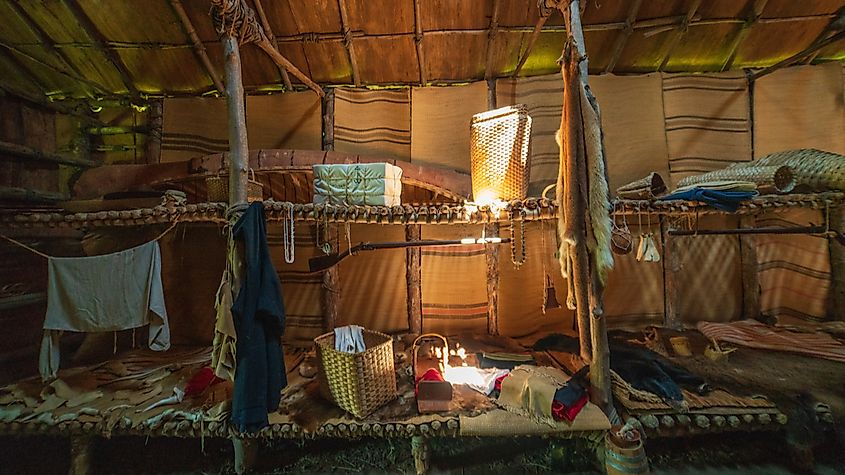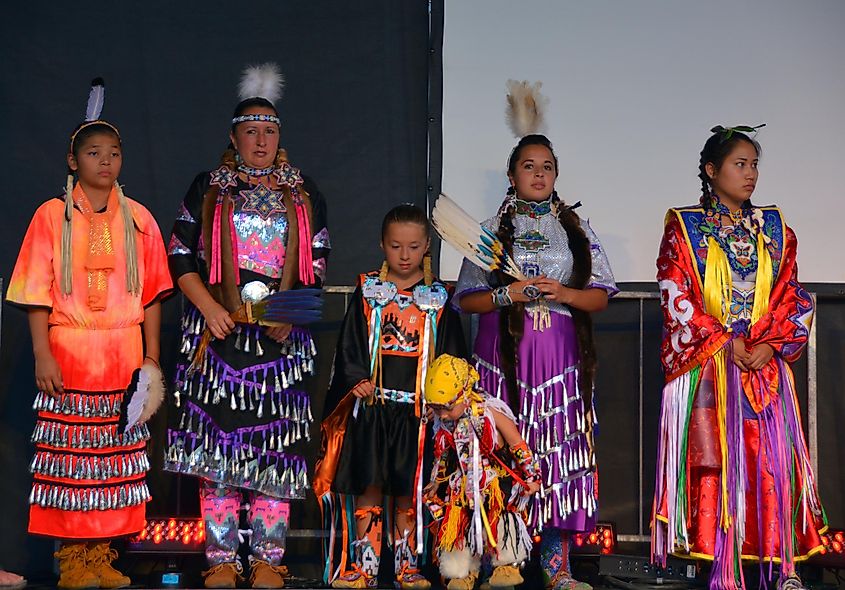The Iroquois Peoples

The Iroquois peoples are Indigenous nations of North America who spoke Iroquoian languages. The Iroquois Confederacy, comprised of the nations of Mohawk, Onondaga, Oneida, Cayuga, Seneca and Tuscarora, is possibly the most known Iroquois peoples. However, the nations of Erie, Susquehannock, and Huron should also be considered as part of the Iroquoian family of nations, though they were not part of the confederacy and even fought bitter wars against it.
The Iroquois Confederacy refers to itself as the Haudenosaunee, which means "people of the Longhouse." The Longhouse refers to the Iroquois living quarters, which were long multi-family households that represented the centre of political and social life in their nations.
History

The Iroquoian nations were formidable Indigenous powers who owned a lot of fertile lands in and around what is today central New York state in the US and up north into the Canadian province of Quebec toward present-day Montreal. European powers had extensive trade dealings with the Iroquois throughout the Colonial Era in North America, and the Iroquois had established territorial truces with the British. However, when the British were defeated in The American Revolutionary War, the US gave away much of the territories the Iroquoian Confederacy had agreed with the British to keep, opening them up for colonial settlement. It was during this time in the late 18th century that the Iroquoian Confederacy as a political consolidation started to disintegrate.
Throughout the 19th century, they had to face increased pressure in keeping their land from white interests in both the United States and Canada. Since during the American Revolutionary War the Iroquoians had remained in league with the British, they had to face hostility from the newly formed United States, and many Iroquois moved north from New York to British Canada. Ultimately, the remaining Iroquois were left with only the reservations the US proffered unto them, though in Canada they did receive a land grant. Many Iroquois worked in the fur trade, and travelled on fur ships and cross-country expeditions into the wild interior of western Canada.
Kinship And Community Governance

The Iroquois were noted for their matrilineal kinship system, with inheritance being passed on through the mother's bloodline. Women elders of each clan demanded a good deal of ritual respect, and it was they who nominated clan chiefs. European observers had noted that Iroquoian women were responsible for the land and could call for divorces from their husbands. In instances of divorce, the children would stay with their mothers. Women in the Iroquois Confederacy wielded real political powers, including vetoing treaties of war and peace. Chiefs who were perceived to be performing unsatisfactorily could be demoted by women, a process known as "knocking of the horns," referring to knocking off the antler horns from the chief's head, which Iroquois bestowed upon people of leadership.
Traditional Ways Of Life
Throughout their history, the Iroquois Nations have taken part in a large number of wars, both between other Indigenous nations and with Europeans. Captives in wars were usually adopted and assimilated, which allowed the Iroquois to steady the depletion of their own numbers from wars, also causing decreases in the ranks of their rivals. The Iroquois were historically migratory farmers and supplemented their diet with additional hunting and gathering activities. When soil fertility in a certain area declined, the Iroquois would move their villages elsewhere.
State Of The Culture

Today, there are altogether around 80,000 people in the US and 45,000 people in Canada who are Iroquoian. Throughout the 18th century, there had been a continuous decrease in the number of Iroquoian people, with an estimated 4,000 Iroquoians living in the US at the end of the 18th century. By 1910, an increase to 7,000 Iroquoians in the country was experienced, a trend of growth that has continued in the century since.
The Iroquois Confederacy is still in existence though an international border, between Canada and the US, cuts through their combined territory. A fiercely proud people, the Iroquois have survived through near genocide, near-complete loss of their language, and the discriminatory policies of both governments occupying their ancestral homelands.











